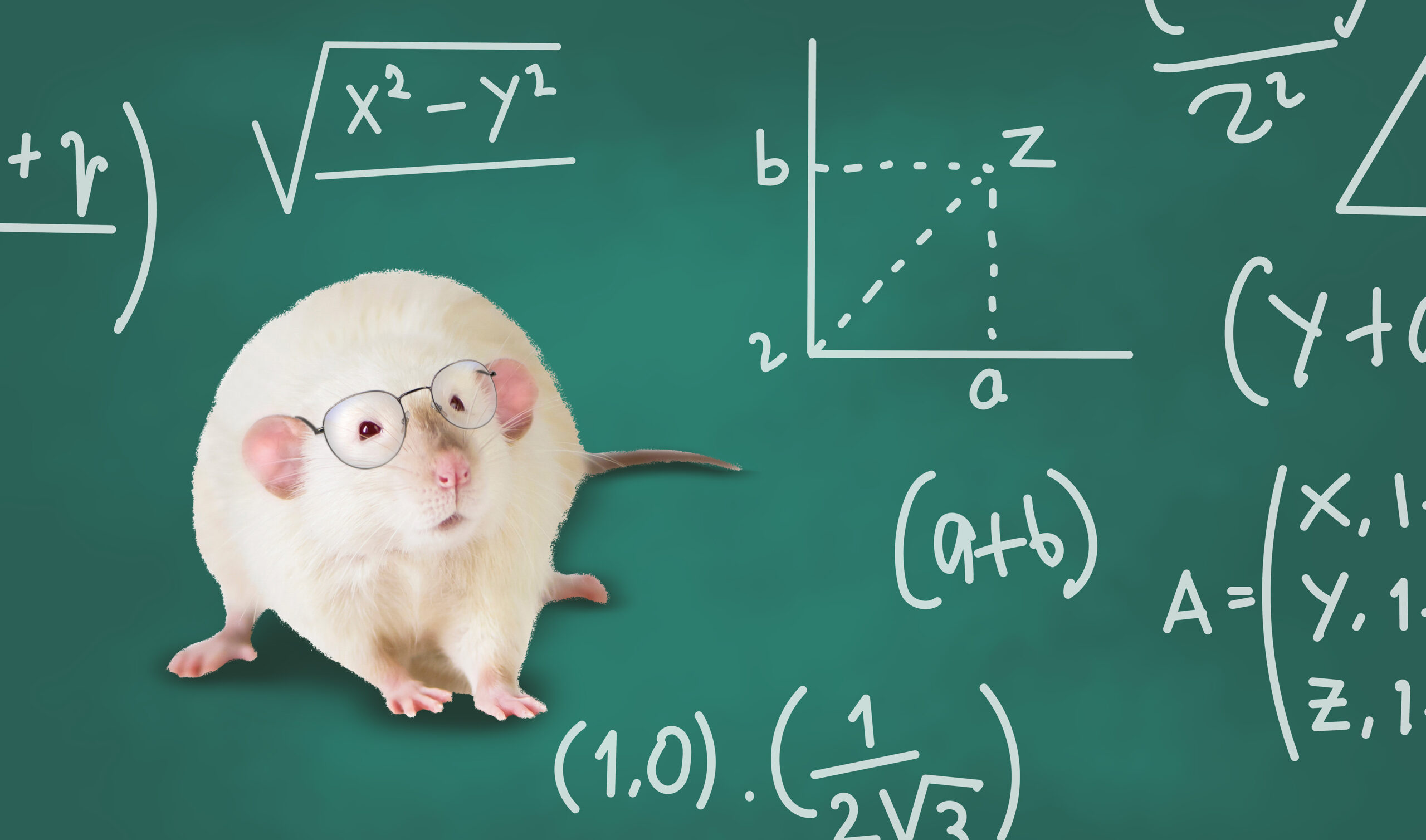English
繁體中文
简体中文

Rats with mathematical minds? Groundbreaking research led by neuroscientists from CUHK and CityUHK has confirmed that these furry friends possess a specific brain region dedicated to numerical processing and can be educated to distinguish among numbers, challenging the notion that maths is the sole preserve of humans. Explore the surprising cognitive abilities of these little rodents and the potential they create for novel interventions for human learning disabilities.

A dedicated young professor has developed algorithms which compute out a pure maths theory into the real world. Computational Quasi-conformal geometry (CQC), which maps out images of human organs like the brain, can be used to accurately detect abnormalities. Doctors used to analyse medical images with their eyes, but now maths gives them an accurate, efficient picture in 3D.

Previously unknown brain circuitry can generate repetitive behaviour that fends off harm from emotional stress. CUHK biomedical scientists find that responses like compulsive hand rubbing when anxious are coping mechanisms not to be repressed. That circuitry gone awry can also be a research lead into OCD and autism.